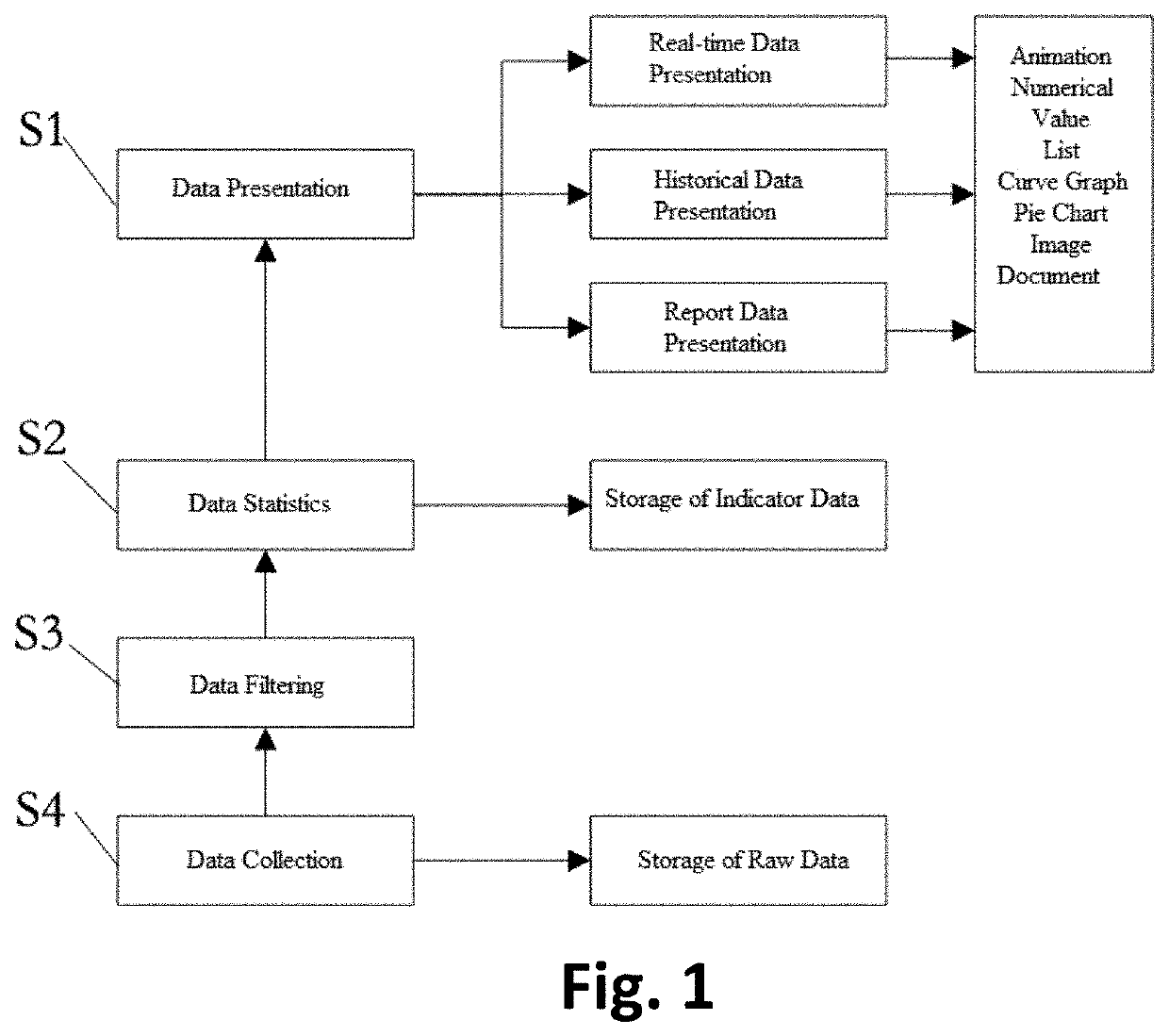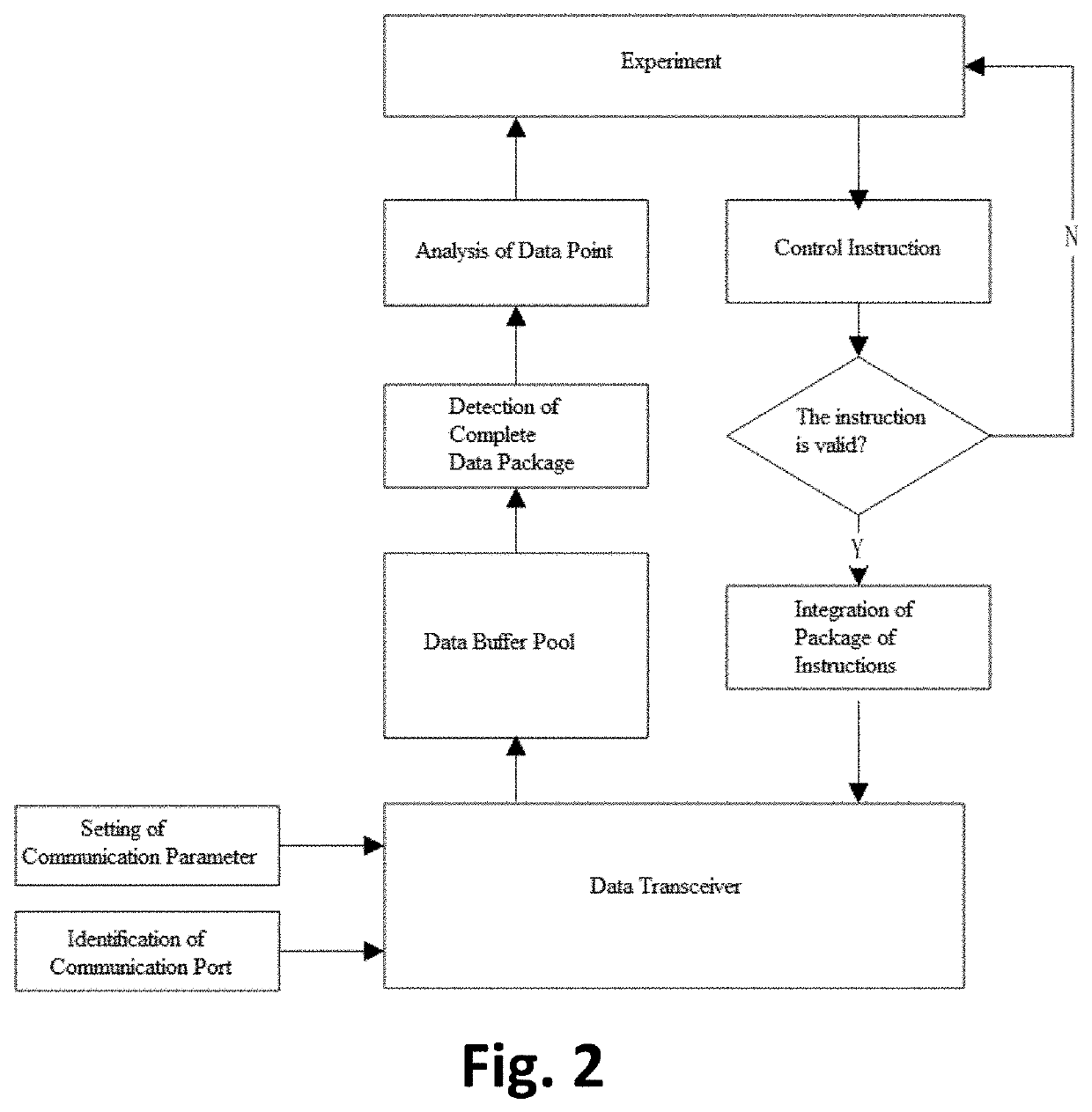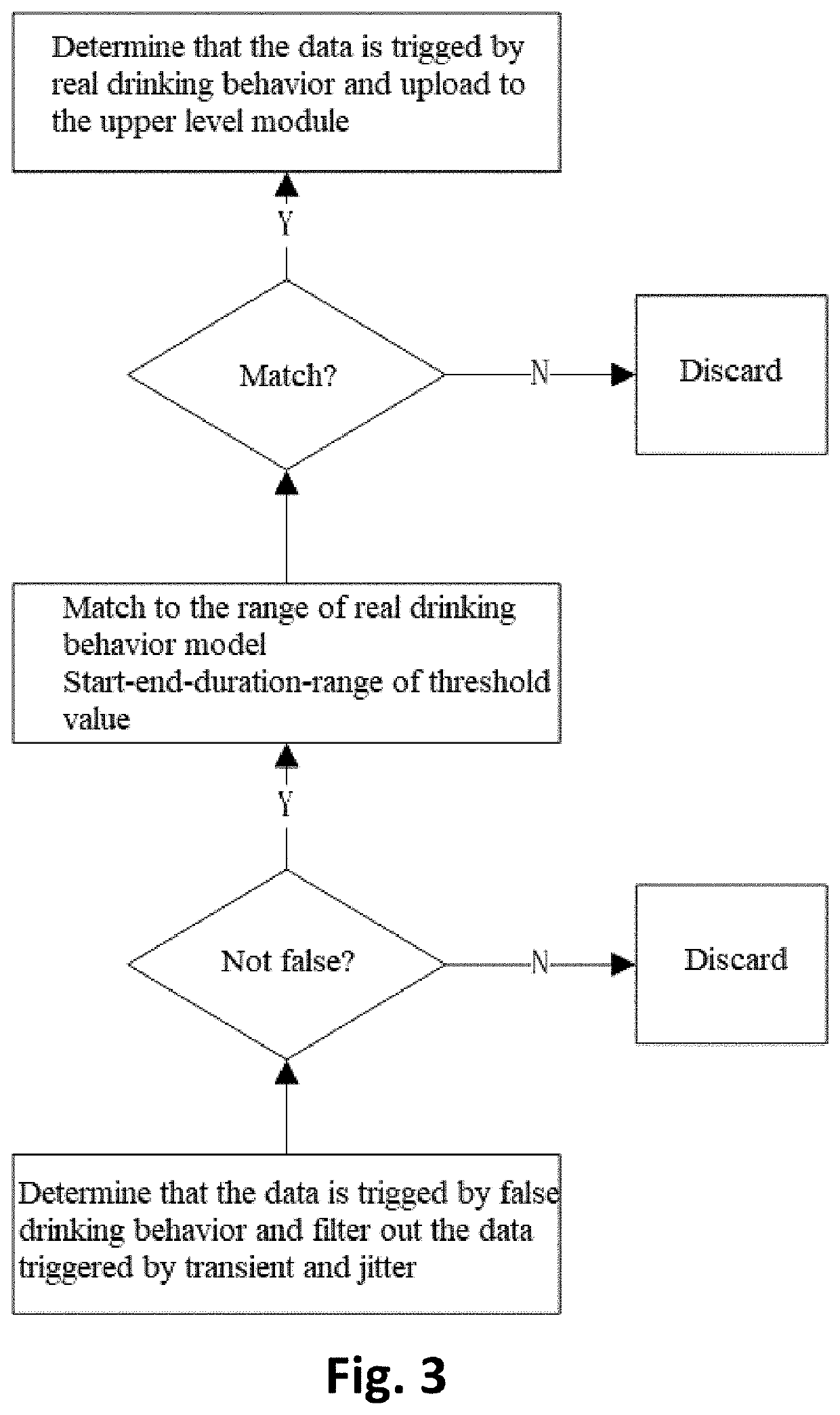A kind of monitoring method for drinking behavior of laboratory mice, and its system and device
- Summary
- Abstract
- Description
- Claims
- Application Information
AI Technical Summary
Benefits of technology
Problems solved by technology
Method used
Image
Examples
embodiment 1
[0074
[0075]Please refer to FIG. 6, FIG. 7, FIG. 8 and FIG. 9, this embodiment provides a kind of detection device for behavior of animal 100, which consists of a box body 110 and a box cover 120, wherein, the box cover 120 is arranged on the box body 110 and is flexibly connected to the box body. The box body 110 is divided into several chambers 130 by insert plates, which are used to accommodate animals and allow them to move around, and then conduct behavior detection on the animals. In this embodiment, the detection device for behavior of animal 100 is used to detect mice, while in other embodiments of the present invention, the same detection device can be used to detect other experimental animals such as rabbits, and the present invention has not made any restriction on it.
[0076]In this embodiment, the box body 110 adopts a rectangular structure and is divided into ten chambers 130 of the same size by nine insert plates. The size of each chamber is 250*105*140 mm. The side wall...
embodiment 2
[0092
[0093]The present embodiment provides a kind of detection method for behavior of animal, which consists of:
[0094]The first stage, which refers to the adaptation stage. Place a bottle of ordinary drinking water and a bottle of 1% sucrose aqueous solution in the breeding cage of mice respectively, and supply food at the same time, and then set aside 46-50 hours to the mice for adaptation. After that, place the mice in the detection device for behavior of animal 100 to adapt to the new environment.
[0095]The second stage, which refers to the measurement of the baseline. Under the circumstance of not depriving of water and food, each mouse is given a bottle of ordinary drinking water and a bottle of 1% sucrose aqueous solution respectively, and then conducts baseline measurement lasting for 12 hours.
[0096]The third stage, which refers to sucrose preference experiment. After the base value is measured, the mice are deprived of water and food for 24 hours, and each tested animal is gi...
PUM
 Login to View More
Login to View More Abstract
Description
Claims
Application Information
 Login to View More
Login to View More - R&D
- Intellectual Property
- Life Sciences
- Materials
- Tech Scout
- Unparalleled Data Quality
- Higher Quality Content
- 60% Fewer Hallucinations
Browse by: Latest US Patents, China's latest patents, Technical Efficacy Thesaurus, Application Domain, Technology Topic, Popular Technical Reports.
© 2025 PatSnap. All rights reserved.Legal|Privacy policy|Modern Slavery Act Transparency Statement|Sitemap|About US| Contact US: help@patsnap.com



